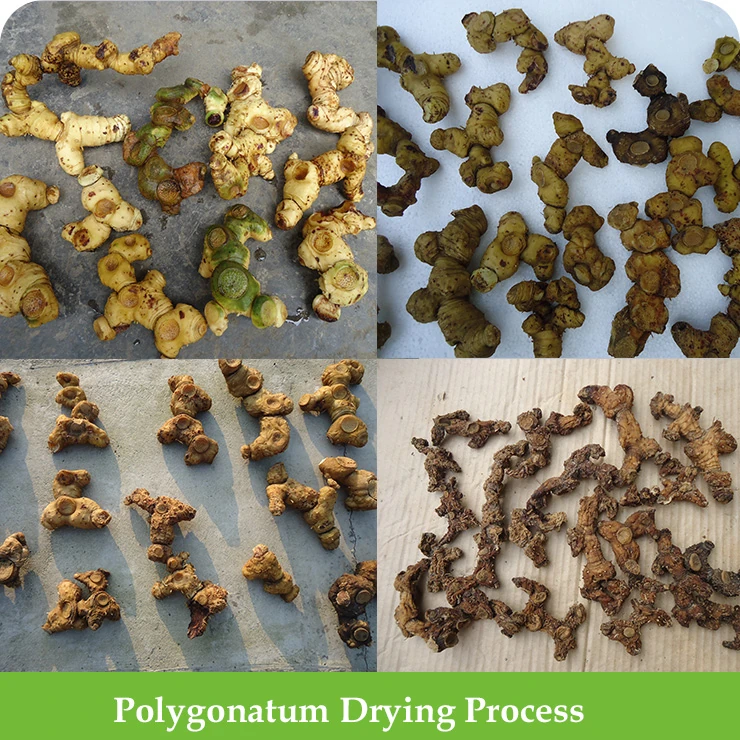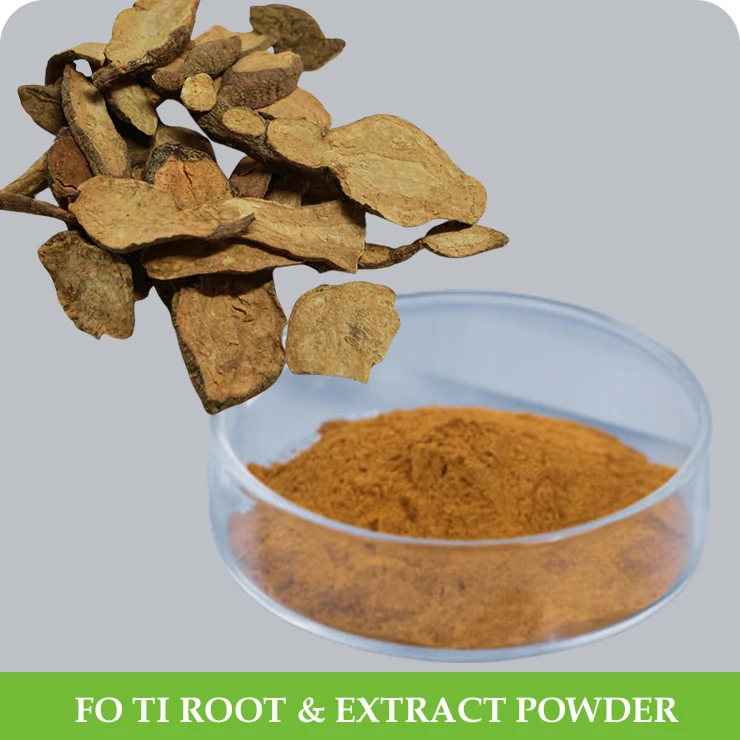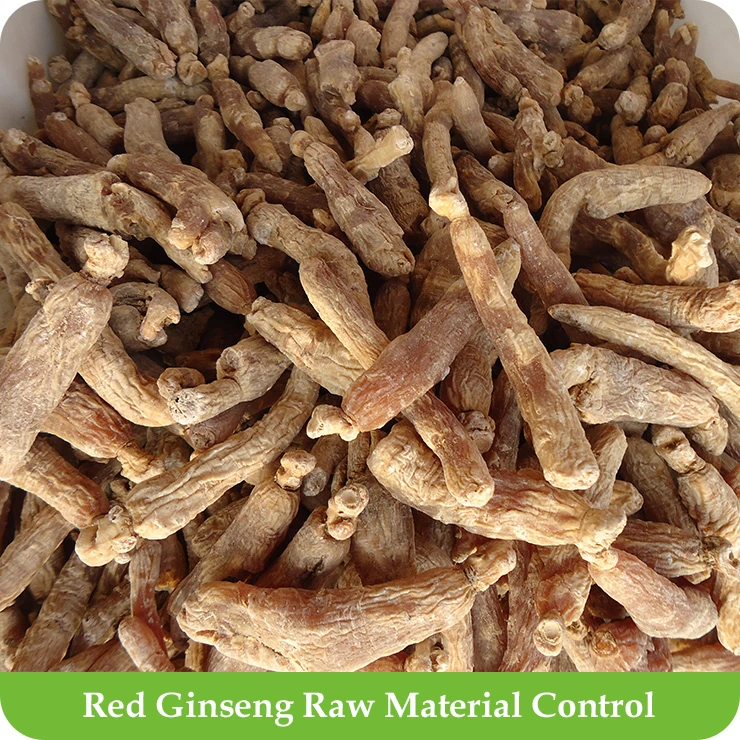In recent years, the food industry has seen a significant shift towards natural and healthier alternatives. Among these, plant extract food ingredients have emerged as a popular choice for both manufacturers and consumers. These extracts, derived from various parts of plants, not only enhance the flavor and nutritional value of food but also offer numerous health benefits. Let’s explore the growing trend of plant extract food ingredients and their impact on our diets.
What are Plant Extract Food Ingredients?
Plant extract food ingredients are concentrated substances obtained from different parts of plants, such as leaves, roots, flowers, seeds, and fruits. These extracts are rich in bioactive compounds, including antioxidants, vitamins, minerals, and phytochemicals, which contribute to their unique properties and benefits. Common plant extracts used in the food industry include vanilla, green tea, turmeric, garlic, and rosemary.

Benefits of Plant Extract Food Ingredients
- Enhanced Flavor and Aroma: Plant extracts are widely used to enhance the taste and aroma of food products. For instance, vanilla extract adds a sweet and creamy flavor to desserts, while rosemary extract imparts a savory note to meats and sauces.
- Nutritional Boost: Many plant extracts are packed with essential nutrients. For example, spinach extract is rich in iron and vitamins, while green tea extract is loaded with antioxidants that help combat oxidative stress.
- Natural Preservatives: Certain plant extracts possess antimicrobial properties, making them effective natural preservatives. Rosemary extract, for instance, is used to extend the shelf life of perishable foods by preventing the growth of bacteria and mold.
- Health Benefits: Plant extracts are known for their therapeutic properties. Turmeric extract, with its active compound curcumin, has anti-inflammatory and antioxidant effects, while garlic extract supports heart health by reducing cholesterol levels.
Popular Plant Extracts in the Food Industry
- Vanilla Extract: Widely used in baking and confectionery, vanilla extract is cherished for its rich and creamy flavor.
- Green Tea Extract: Known for its high antioxidant content, green tea extract is used in beverages, snacks, and dietary supplements.
- Turmeric Extract: Valued for its anti-inflammatory properties, turmeric extract is commonly found in health foods and supplements.
- Garlic Extract: With its potent flavor and health benefits, garlic extract is a popular ingredient in savory dishes and condiments.
- Rosemary Extract: Used as a natural preservative, rosemary extract also adds a distinct flavor to meats and sauces.

The Future of Plant Extract Food Ingredients
The demand for plant extract food ingredients is expected to grow as consumers continue to seek healthier and more natural food options. Advances in extraction technologies are making it easier to obtain high-quality extracts with enhanced potency and purity. Moreover, ongoing research into the health benefits of various plant extracts is likely to uncover new applications and benefits.

How to control the dosage of food products?
Controlling the dosage of plant extract food ingredients in food products is essential to ensure safety, efficacy, and consistency in flavor and nutritional content. Here are some key steps and considerations for effectively managing the dosage:
- Understanding the Potency
- Standardization: Ensure that the plant extracts are standardized, meaning the active components are present in a consistent concentration across different batches.
- Label Information: Refer to the supplier’s specifications and recommendations for the appropriate dosage ranges.
- Regulatory Guidelines
- Compliance: Familiarize yourself with the regulatory guidelines for the use of specific plant extracts in food products. Different countries have varying regulations regarding permissible levels.
- GRAS Status: Check if the plant extract has Generally Recognized As Safe (GRAS) status, which can guide acceptable usage levels.
- Testing and Analysis
- Laboratory Testing: Conduct laboratory tests to determine the exact concentration of active compounds in the plant extract.
- Quality Control: Implement rigorous quality control measures to ensure consistency and accuracy in the dosage of each batch.
- Formulation
- Recipe Development: Develop precise recipes that specify the exact amount of plant extract to be used.
- Batch Scaling: When scaling up production, adjust the dosage proportionally to maintain consistency.
- Measurement Tools
- Precision Scales: Use precision scales and measuring instruments to accurately weigh and measure the plant extracts.
- Automated Dispensers: In large-scale production, automated dispensers can help in accurately controlling the dosage.
- Sensory Evaluation
- Taste Testing: Conduct sensory evaluations to ensure the desired flavor profile is achieved without overpowering the product.
- Consumer Feedback: Gather feedback from consumers to refine and adjust the dosage as needed.
- Documentation and Record-Keeping
- Recipe Documentation: Keep detailed records of the formulations, including the quantities of plant extracts used.
- Batch Records: Maintain batch records to trace the exact amount of extract used in each production run.
- Safety Considerations
- Toxicity Levels: Be aware of the toxicity levels of certain plant extracts and ensure the dosage remains within safe limits.
- Allergen Information: Provide clear labeling regarding the presence of plant extracts that may be potential allergens.
- Training and Education
- Staff Training: Train staff on the importance of accurate dosing and the methods to achieve it.
- Continuous Learning: Stay updated on the latest research and developments in the use of plant extracts in food products.
Example of Dosage Calculation
Let’s consider you are formulating a beverage with green tea extract. Here’s a step-by-step approach:
- Determine the Desired Concentration: Suppose you want the beverage to have 50 mg of green tea extract per serving.
- Check Extract Potency: If the green tea extract has a potency of 95% catechins, then you’ll need to calculate the amount of extract needed to achieve 50 mg of catechins.
- Calculation:
- Desired catechins per serving = 50 mg
- Potency = 95%
- Required extract = 50 mg / 0.95 = 52.63 mg per serving
- Batch Scaling: If you’re producing 1,000 servings, the total amount of green tea extract needed would be 52.63 mg x 1,000 = 52,630 mg or 52.63 grams.
Conclusion
Controlling the dosage of plant extract food ingredients requires a combination of precise measurement, regulatory compliance, and thorough testing. By following these guidelines, you can ensure that your food products are both safe and effective, providing the desired benefits to consumers while maintaining high-quality standards.
Plant extract food ingredients are transforming the food industry by offering a natural way to enhance flavor, nutrition, and shelf life. As consumers become more health-conscious, the popularity of these ingredients is set to soar. By incorporating plant extracts into your diet, you can enjoy delicious meals while reaping the numerous health benefits that nature has to offer.







